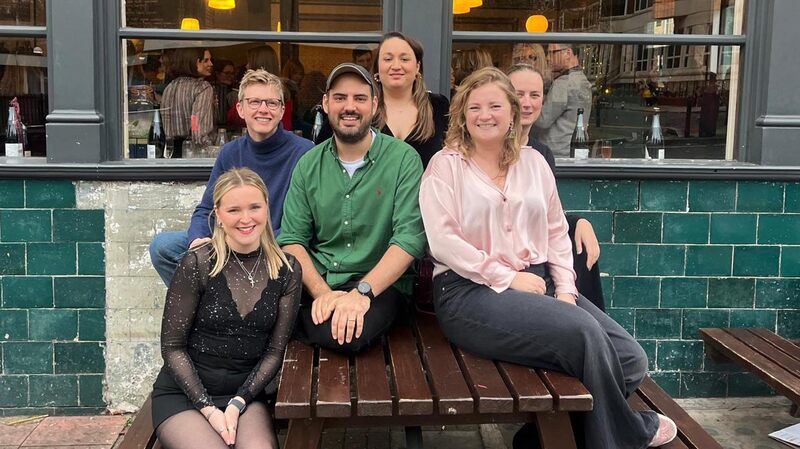You are viewing your 1 free article this month. Login to read more articles.
FutureBook: Video is key in fast-moving world, says Whatley
James Whatley, planning partner for innovation at Ogilvy & Mather, kicked off the Futurebook Conference 2016 with a keynote speech highlighting the importance of video in a fast-moving, consumer-orientated world.
Whatley, whose talk was entitled “a first-world video, a year of new realities and the personality designers of the future”, likened today’s consumers to Veruca Salt, the spoiled protagonist from Roald Dahl’s classic children’s novel Charlie and the Chocolate Factory. “Today’s attitude is I want my taxi now, my food now, my deliveries now… you may as well be singing ‘I want it now’ out of the window. All of these services are moving around the consumer.”
In this culture, social media channels are increasingly becoming a video-first environment, although consumers are impatient for content and will only wait one second for a video to load before moving on to something else, he said.
One example of a company that is making video a priority is Facebook, which in 2016 said video would be at the heart of all its apps and services, Whatley said. The social network’s innovations in video include using live video for advertising, for example at Waterloo station, and launching 360 video last year.
Whatley also predicted the collapse of traditional video formats. “Moving forward videos should be in a square format because consumers can’t be bothered to tilt their phone to make the video fit the screen. Buzzfeed saw a 15% increase in video through rate when they changed to square format earlier this year.”
The second trend Whatley predicted was the rise of VR (virtual reality), with 350,000 VR devices sold as of January this year. Beyond that, Whatley also predicted the rise of AR (augmented reality).
Finally, the third trend Whatley discussed was the increase in use of chat bots – computer programmes that mimic conversations in messenger apps. He mentioned several companies which are already using chat bots, including the airline KLM and National Geographic Kids. “You can send your kids to talk to Tina the T-Rex on National Geographic Kids to talk to the dinosaur and ask questions like what kind of food does she eat,” he said. “It’s a lovely way of using artificial intelligence.”














